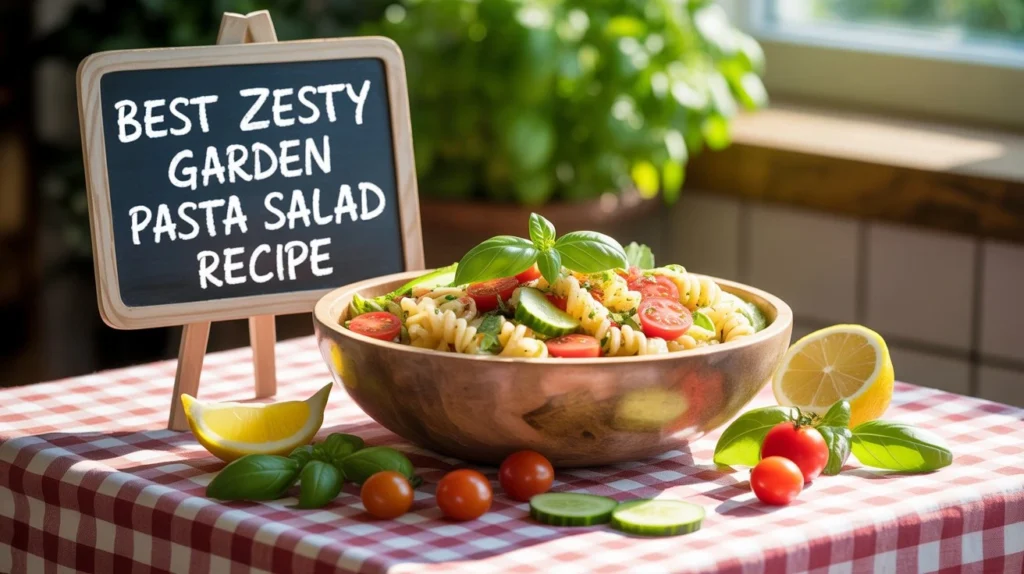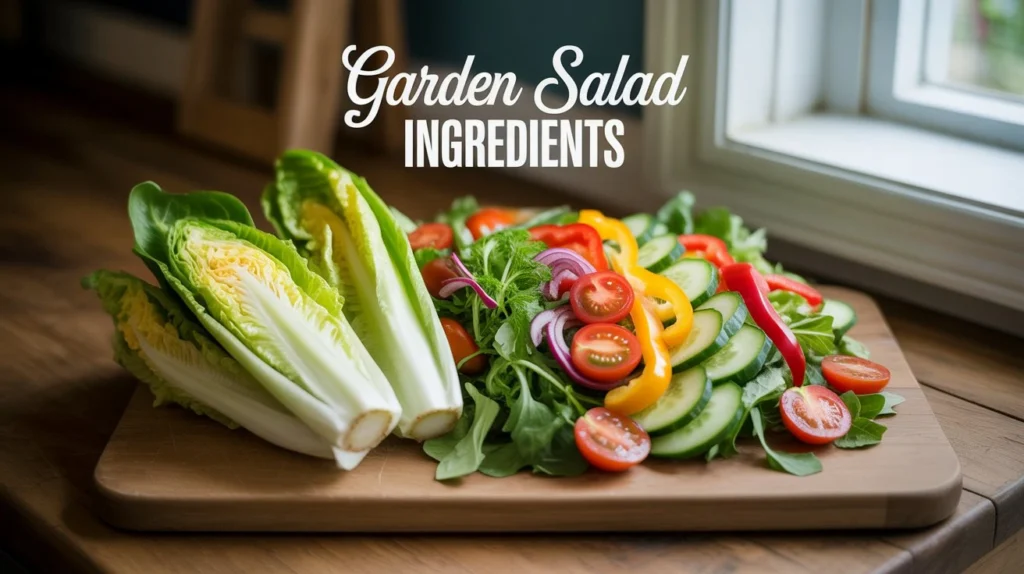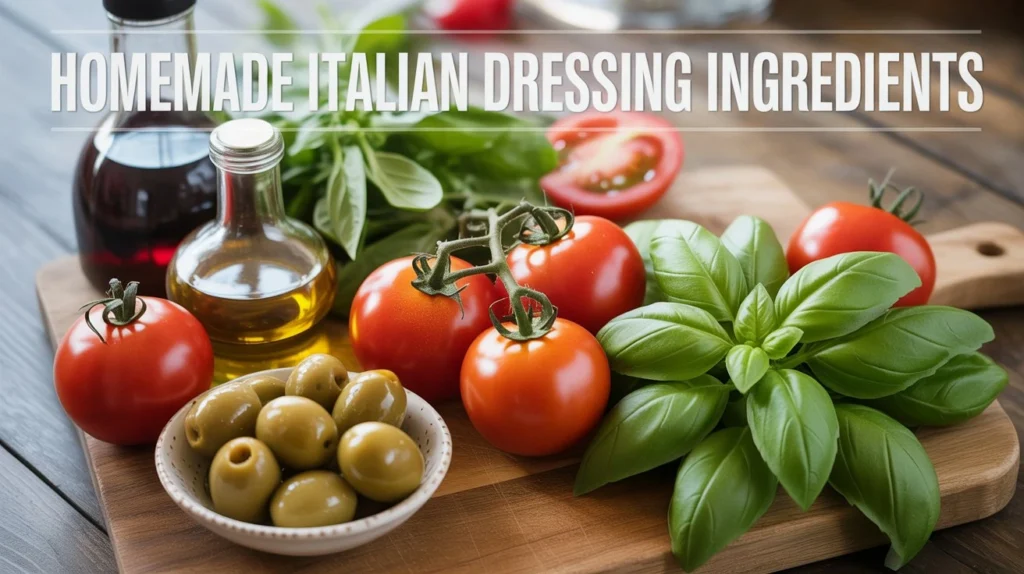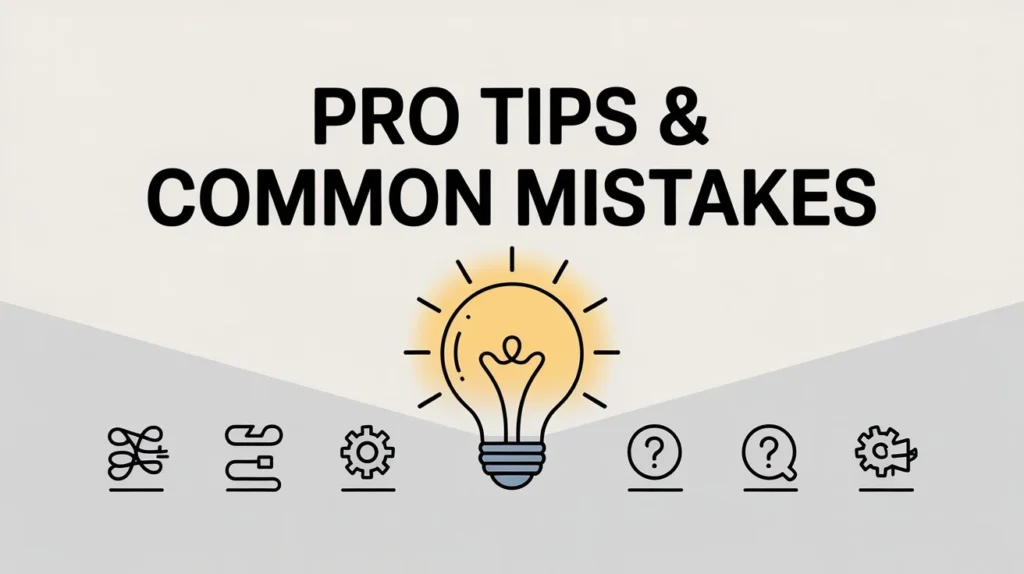
When you hear the words Best Zesty Garden Pasta Salad, you probably imagine something colorful, fresh, and full of flavor. And that’s exactly what this recipe delivers. This pasta salad is not just any ordinary side dish; it combines crisp garden vegetables, perfectly cooked pasta, and a bold homemade Italian dressing that ties everything together.
Pasta salads are loved everywhere, but this one stands out because of three things: the zesty kick from the dressing, the garden-fresh vegetables, and the fact that you’re making the Italian dressing completely at home. No bottled stuff, no shortcuts—just fresh, flavorful ingredients.
In this article, I’ll walk you through everything: the ingredients, step-by-step preparation, tips to avoid mistakes, variations, and even how to store it. You’ll also get some of my personal notes—what I usually do when making this salad, and how you can make it your own.
So, let’s begin by looking closely at the building blocks: the ingredients.
Ingredients & Why They Matter
Before we start cooking, it’s important to know why we’re using certain ingredients. A pasta salad might look simple, but every choice—from pasta shape to type of vinegar—can affect the flavor and texture.
Garden Salad Ingredients

The “garden” part of this salad means vegetables are the star. Here’s what I usually include:
- Pasta choice: Rotini, fusilli, or penne. Spiral-shaped pastas are perfect because their curves trap the dressing. Personally, I prefer rotini since it holds the dressing in every twist. Some people like penne for a cleaner bite—try both and see which you prefer.
- Cucumber: Adds a fresh crunch. I often peel mine for a softer texture, but leaving the skin gives extra color.
- Cherry tomatoes: Sweet and juicy. Halved tomatoes spread evenly through the salad.
- Bell peppers: Red, yellow, or orange peppers add sweetness and vibrant color.
- Red onion: Sharp flavor that balances the creaminess of cheese and pasta. If onions feel too strong for you, soak them in cold water for 10 minutes first.
- Spinach or fresh greens: These bring in a fresh, earthy note. I like adding baby spinach at the end for extra nutrition.
- Extras: Sun-dried tomatoes, mozzarella balls, fresh basil or parsley. These are optional, but they take the salad to another level.
Optional enhancements: olives for saltiness, corn for sweetness, beans for protein, or even grilled zucchini for smoky flavor.
Homemade Italian Dressing Ingredients

The heart of this dish is the zesty homemade Italian dressing. Bottled dressings often taste flat, but when you make it at home, you control the flavor.
- Olive oil: The base. Use extra virgin for the best flavor.
- Vinegar: Red wine vinegar is classic, but white wine vinegar works too. Sometimes I even mix both.
- Lemon juice: Adds brightness and freshness.
- Dijon mustard: Helps emulsify the dressing so it blends smoothly.
- Garlic: Freshly minced garlic gives a sharp punch.
- Herbs: Oregano, basil, parsley—use fresh if you can, but dried herbs also work.
- Salt & pepper: To taste. Always adjust at the end.
- Balance: A pinch of sugar or honey softens the acidity, and grated Parmesan adds savory depth.
Tip: The better your olive oil and herbs, the better your dressing will taste. I once tried a low-quality oil, and the salad felt heavy. Switching to a fresh, fruity olive oil completely changed the experience.
Step-by-Step Preparation
Now that we’ve covered the ingredients, let’s move on to how to bring everything together.
Cooking the Pasta
Cooking pasta for a salad is slightly different from cooking it for hot dishes. Here’s why:
- Boiling water with salt – Always salt your water. This is the only chance to season pasta itself.
- Cooking to al dente – Overcooked pasta turns mushy in salads. Al dente pasta holds its shape even after mixing with dressing.
- Draining and rinsing – Some people rinse to cool the pasta faster. I usually rinse lightly, but not too much, because starch helps the dressing stick.
- Cooling pasta – Let pasta sit for a few minutes so it doesn’t steam the veggies when mixed.
I once made the mistake of mixing hot pasta directly with vegetables—it wilted my spinach and turned the cheese soft. Lesson learned: cool it first!
Making the Zesty Italian Dressing
The dressing is simple but powerful.
- Combine olive oil, vinegar, lemon juice, and Dijon mustard in a bowl.
- Whisk until the mixture begins to emulsify.
- Add garlic, herbs, salt, and pepper.
- Taste and adjust: if it’s too sharp, add a drop of honey; if too flat, add more vinegar.
Here’s my tip: let the dressing sit for 5–10 minutes before using it. This allows the flavors to meld together beautifully. Sometimes I even make it the night before and keep it in the fridge; the taste becomes richer that way.
Assembling the Salad
Now comes the fun part—putting everything together.
- Toss the pasta with half the dressing first. This coats it evenly.
- Add vegetables, mozzarella, and any extras.
- Mix gently so nothing gets crushed.
- Pour the rest of the dressing and mix again.
- Garnish with basil, parsley, or cracked pepper.
I like to save a handful of cherry tomatoes and basil leaves to place on top—it makes the dish look as good as it tastes.
Chilling & Serving
Pasta salad tastes better after resting. Refrigerate it for at least 30 minutes to let the flavors blend. Stir before serving to redistribute the dressing.
I personally prefer serving it cold, especially during summer BBQs. But if you enjoy it closer to room temperature, that works too.
Make-Ahead & Storage
One of the reasons I love pasta salads is their convenience.
- Make-ahead: You can prepare it a day before. Just keep the dressing separate until you’re ready to serve.
- Storage: Use airtight containers—glass jars keep flavors best.
- Shelf life: Lasts 3–5 days in the refrigerator.
- Refreshing leftovers: If it feels dry, add a splash of olive oil or lemon juice before serving.
Pro Tips & Common Mistakes

Here are some lessons I’ve learned after making pasta salad many times:
- Don’t overcook pasta — mushy pasta ruins the texture.
- Use crisp, fresh vegetables for crunch.
- Chop evenly so each bite has a mix of flavors.
- Don’t drown it in dressing — start with less, then add more if needed.
- Always chill before serving to let flavors meld.
One mistake I made early on was adding too much onion. A little goes a long way, so keep it balanced.
I’ve shared step-by-step instructions and my own tips above; if you’d like extra ideas from home cooks and live discussion, check this thread where people swap pasta-salad tips and variations.
Variations & Custom Versions
The beauty of this salad is how easily you can adapt it. Some great variations include:
- Protein additions: grilled chicken, shrimp, tuna, or even boiled eggs.
- Vegetarian/vegan options: chickpeas, tofu, or beans instead of cheese/meat.
- Gluten-free pasta if needed.
- Creamy twist: add a spoon of Greek yogurt or mayo to the dressing.
- Seasonal swaps: zucchini in summer, roasted squash in autumn.
- Spicy kick: sprinkle in red pepper flakes or sliced jalapeños.
I personally love adding grilled zucchini or corn when it’s in season — it makes the salad even more colorful and flavorful.
Pairing & Serving Suggestions
Wondering what to serve with your Best Zesty Garden Pasta Salad? Here are some perfect matches:
- Grilled meats like chicken, steak, or sausages.
- Burgers at a BBQ.
- Garlic bread, focaccia, or breadsticks.
- Light vegetable sides.
- As a standalone lunch on hot summer days.
When serving at a party, I usually garnish it with extra basil and serve it in a glass bowl so all the colors show through.
If you prefer a visual walkthrough, I’m also adding a short YouTube tutorial that demonstrates making an Italian-dressing pasta salad step-by-step.
Nutritional Facts (per serving, approx.)
| Nutrient | Amount |
| Calories | 280–320 kcal |
| Carbohydrates | 32–36 g |
| Protein | 8–10 g |
| Fat | 14–16 g |
| – Saturated Fat | 3–4 g |
| – Unsaturated Fat | 10–11 g |
| Fiber | 3–4 g |
| Sugar | 4–6 g |
| Sodium | 280–350 mg |
| Cholesterol | 10–15 mg |
| Vitamin C | 20–25% DV |
| Vitamin A | 15–18% DV |
| Calcium | 10–12% DV |
| Iron | 8–10% DV |
Frequently Asked Questions (FAQ)
Q: Why is my salad bland?
Usually because of underseasoned dressing. Add salt, lemon, or Parmesan to boost flavor.
Q: Should it be served cold or room temperature?
Both work, but chilling brings out the best flavor.
Q: Should I rinse pasta or not?
A light rinse helps cool it quickly. Just don’t over-rinse or it loses starch.
Q: How to prevent sogginess?
Don’t overcook pasta, and avoid too much dressing.
Q: What pasta shape is best?
Rotini or fusilli—spirals hold the dressing perfectly.
Q: Can I double the recipe?
Yes, just double all ingredients. It’s perfect for large gatherings.
Q: What if I don’t have certain vegetables?
Swap with what’s in season—this salad is very flexible.
Personal Notes / Experience & Encouragement
Every time I make this salad, I notice one thing: it’s always gone fast. My family loves the freshness, and friends at BBQs often ask for the recipe.
Personally, I like making the dressing a little extra tangy with more lemon juice. Some people prefer it sweeter, and that’s fine—just adjust to your taste. That’s the beauty of homemade: you’re in control.
Don’t be afraid to experiment. Try adding your favorite veggies or proteins. This isn’t just about following steps—it’s about creating something that suits your style.
Final Thoughts
We’ve gone through everything—ingredients, steps, tips, variations, and storage. By now, you should feel confident to make the Best Zesty Garden Pasta Salad – Homemade Italian Dressing right at home.
The combination of fresh garden vegetables, perfectly cooked pasta, and a tangy homemade dressing creates a salad that’s not only delicious but also versatile. It works for family dinners, potlucks, or even as a light lunch.
So why not try it today? Make it your own, share it with loved ones, and enjoy the freshness of a true garden pasta salad.
